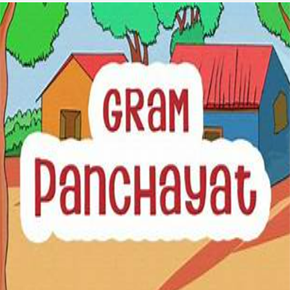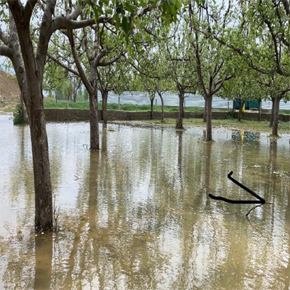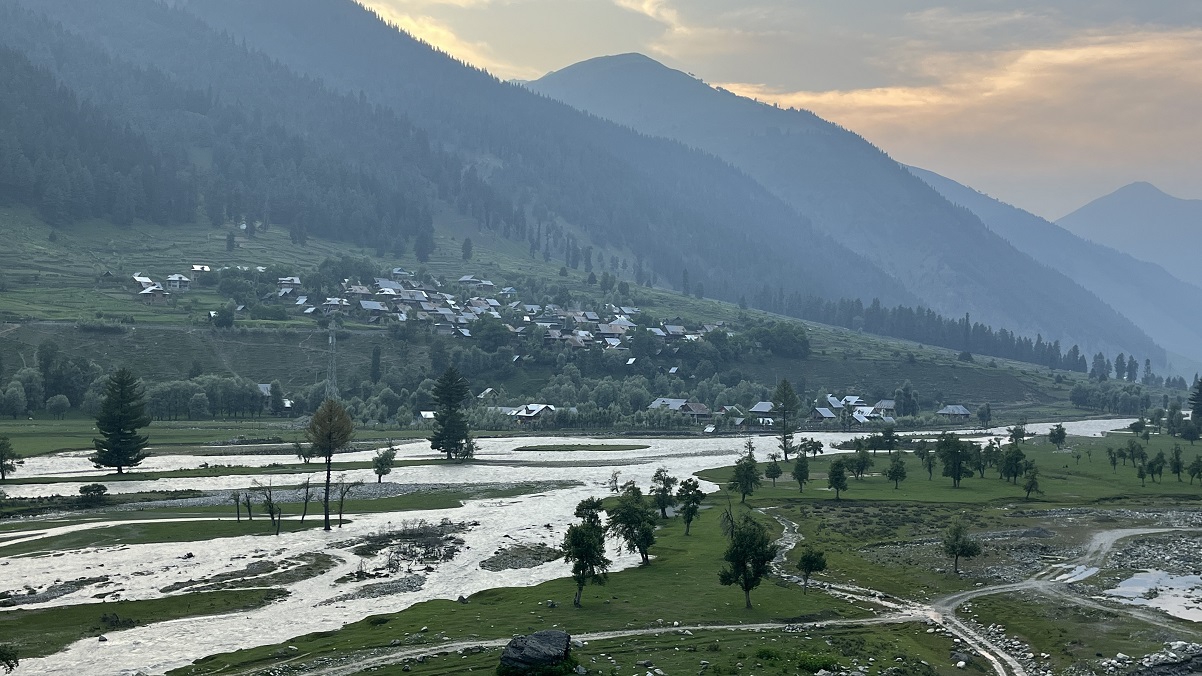FOOD waste is a global challenge. Even though the earth has provided us with abundant natural resources, we do not utilise them responsibly. We consume far beyond what our planet can provide. Unfortunately, developed countries which should have been more concerned about food wastage are throwing away large quantities of food everyday. Food waste is a huge problem as it costs billions of dollars in lost revenue in the US and many other developed countries. The food waste affects human resources and harms the environment by contributing to global warming and climate change as the food waste goes to landfills where it is left untreated.
We must learn how to use and produce food in sustainable ways to reverse the harm that we have inflicted on planet earth. The sustainable development goal number 12 (SGD-12) which focuses on these concerns with its sustainable production and consumption patterns must be regarded religiously.All countries need to implement the 10-Year framework of Programmes on sustainable consumption and production patterns.
All countries taking action, with developed countries claiming to be taking the lead, but when we see the amount of food waste countries like US , Japan , China , France , UK waste, the developing countries like India , Pakistan , Bangladesh find no role-models to adopt policies of not wasting the food unnecessarily.
At a time when we waste large amounts of food , the food security problem has become an important concern for the entire world. India wastes 68,760,163 tons of food every year which means 50 kgs of food is wasted per person every year in India (50kg/ capita). China also wastes a large quantity of food i.e 91,646,213 which is around 64 kgs / capita. However, as the population of China is much higher this is still less when we compare this with developed countries like Australia,France and Germany where per capita food waste is 102, 85 and 75 kgs respectively. The US and Japan waste 59 and 64 kgs/ capita food every year as well.
The problem of chronic hunger which has increased over the decades in the world clearly indicates that the world does not have sufficient amounts of food to feed people. The problem is further exacerbated by factors like effects of climate change, unstable global economy, low agriculture production, rising poverty and huge food wastage. Therefore, these factors have brought new challenges to the world for producing and supplying continuous staple food to the people and making sure we don’t waste our food.
Global Hunger & Food waste
As per 2016 report of Food and Agriculture Organization a total of 795 million people or around one in nine people in the world, were estimated to be suffering from chronic hunger, regularly not getting enough food to conduct an active life. Further, the world is faced with problems of rising population, climate change, unstable global economy, low agriculture production, rising poverty, unstable food prices and food wastage. Such problems have brought new challenges for the world in terms of continuous availability, supply and access to food at affordable prices. Thus, food security has become an important problem for the world.
Food waste across the world is becoming a huge problem. According to the 2021 Food Waste Index of United Nations Environment Programme (UNEP) 931 million tons of food waste is produced every year in the world, out of which 569 tons comes from households (more than 60 %) . The rest of the food waste which amounts to 244 million tons comes from the food service industry and 118 million tons is attributed to the retail sectors. The average global household produces 74kg of food waste per capita every year and that figure is broadly similar across country income groups which suggests that widespread improvement is needed to tackle the problem.
The food waste index states that if food loss and waste were a nation, it would be the third biggest source of greenhouse gas emissions on the earth. So we can now imagine with this illustration how extravagant the developed and developing countries are by wasting huge amounts of food waste and on the other hand 11 people die of hunger each minute around the globe, reported Oxfam in its 2021 report. When it comes to India the situation is more alarming. As per the 2017 report of National Health Survey approximately 19 crore people in India were compelled to sleep empty stomach every night , and on the other hand tons of food waste is dumped in our landfills. Most alarming figure that was revealed through that report was that 4500 children below the age of 5 years die every day of hunger and malnutrition across India which amounts to 3 lakh deaths every year.
Success story from Kashmir
Kashmir is famous all around the world for its royal cuisine called ‘Wazwan’. The Wazwan is a multi-course meal which is dominantly non-vegetarian but also has a few vegetarian dishes. It’s served on important social events, especially wedding ceremonies. Earlier, only 7 mutton dishes would be served which has now increased to over 30 dishes on very important family events.
In such important events like the Maharaz Saal, which is the groom’s reception dinner at the bride’s house, on an average 5 to 6 kgs mutton is served to 4 people. For other guests invited over for lunch or dinner a minimum of 3 kgs mutton is served on a trami/ Kashmiri copper plate meant for four people.
No renowned research has been carried out on the dynamics of food consumption on such events in Kashmir. However, going by unofficial information provided by local Kashmiri chefs (Farooq Ahmad Waza in this case), on an average, there are at least 2000 marriage functions daily in Kashmir valley alone between May to November every year. During these functions, on an average, 200 kgs mutton is used to make Wazwan dishes for every marriage function. This may or may not be an exaggeration or an underestimation. Yet, if we go by this approximate locally observed data point, 4 lakh Kgs of mutton is used during marriage functions alone in Kashmir valley daily. Had Kashmiri people not been carrying the leftover wazwan dishes with them, we would have been wasting over 2 lakh kgs of mutton every day.
In the past, only Kashmiri ladies would carry leftover mutton dishes by putting the same in old newspapers or poly bags that they would carry along . This trend gained momentum with the passage of time and men also started carrying leftover mutton on their Trami with them. As the number of dishes in wazwan increased from 7 to 12 and then 30 or more , it was difficult for the guests to eat everything.
Some people would carry leftover food with them but many were reluctant as this was considered to be an indecent etiquette back then. However, in the early 1990s, the hosts started distributing poly bags to carry leftover food. Since 20 to 25 years now, the host keeps specially designed plastic packets with the wazwan feast when it is served. This practice started in rural areas and within a year or so, people in towns and cities followed suit. To take leftover food in carry bags became a kind of movement in Kashmir and people gave it social acceptance as well. This trend has now become a part of our culture, more or less.
Earlier, some elites of Kashmir, particularly in Srinagar city were reluctant to serve the bags to carry leftover food. However, this led to a huge wastage of food but with the passage of time the elites too joined this movement and started serving specially designed carry bags for leftover food.
Now, carrying the leftover food with us during marriage parties (lunch or dinner) and other functions has become part of our Kashmiri culture.
This is infact a success story to overcome food wastage. Even the leftover rice is also not wasted in marriage functions as the majority of it is served to animals (dogs , cattle etc).
Conclusion
Using quintals of mutton to make thirty dishes of wazwan is indeed extravagant but when all the leftover food (wazwan dishes) is utilised carefully; it’s still the lesser evil. This leftover food is carried by people and then stored in a refrigerator at home. The same is relished by every family member for one or two days. This is a great societal and cultural change we have seen in Kashmir during the last thirty years and this continues to be followed by everyone now, whether rich or poor; educated or uneducated . Even the elites who were against it some years back are now warming up to this new enculturation.
Food waste is a global challenge and developed nations like France , Germany , Australia , China and other countries must take lessons from Kashmir when it comes to addressing the food waste crisis. These nations must replicate our model in their countries which will ensure food is not wasted during marriage functions and other parties.

























































































